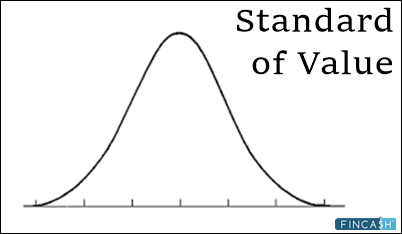
Table of Contents
Face Value
What is Face Value?
Face value, simply put, is the stated value of an investment. It is also defined as the nominal value of a stock or bond. All companies issues shares and Bonds with a face value (also known as fixed value). Assigning face value is important as it helps the company to calculate Accounting value of it shares.

For stocks, face value is the par value, or original price, of the stock. For bonds and other debts, it is the principal amount of the debt. This value is later used in its Balance Sheet.
Face Value and Bonds
The face value, or Par, of a bond is the amount the issuer provides to the bondholder once maturity is reached. But, bonds sold on the secondary Market fluctuate with interest rates. For instance, if interest rates are higher than the bond's coupon rate, then the bond is sold at a discount, or below par.
Contrarily, if interest rates are lower than the bond's coupon rate, then the bond is sold at a premium, or above par.
Talk to our investment specialist
Face Value and Stock/Shares
Face Value is a crucial component of shares calculations including
- market values
- interest payments
- premiums
- discounts
- yields
The face value of a stock is the original cost of the stock that is shown on the certificate. Dividends of preferred stock are often expressed as a percentage of its face value. In this context the term is also known as ‘par value’. The cumulative face value of all of a company’s stock shares designates the legal Capital that must be maintained in the business. Only funds above and beyond that point can be released out to investors as dividends, making the funds covering the face value function as a form of reserve.
All efforts have been made to ensure the information provided here is accurate. However, no guarantees are made regarding correctness of data. Please verify with scheme information document before making any investment.













Good explanation